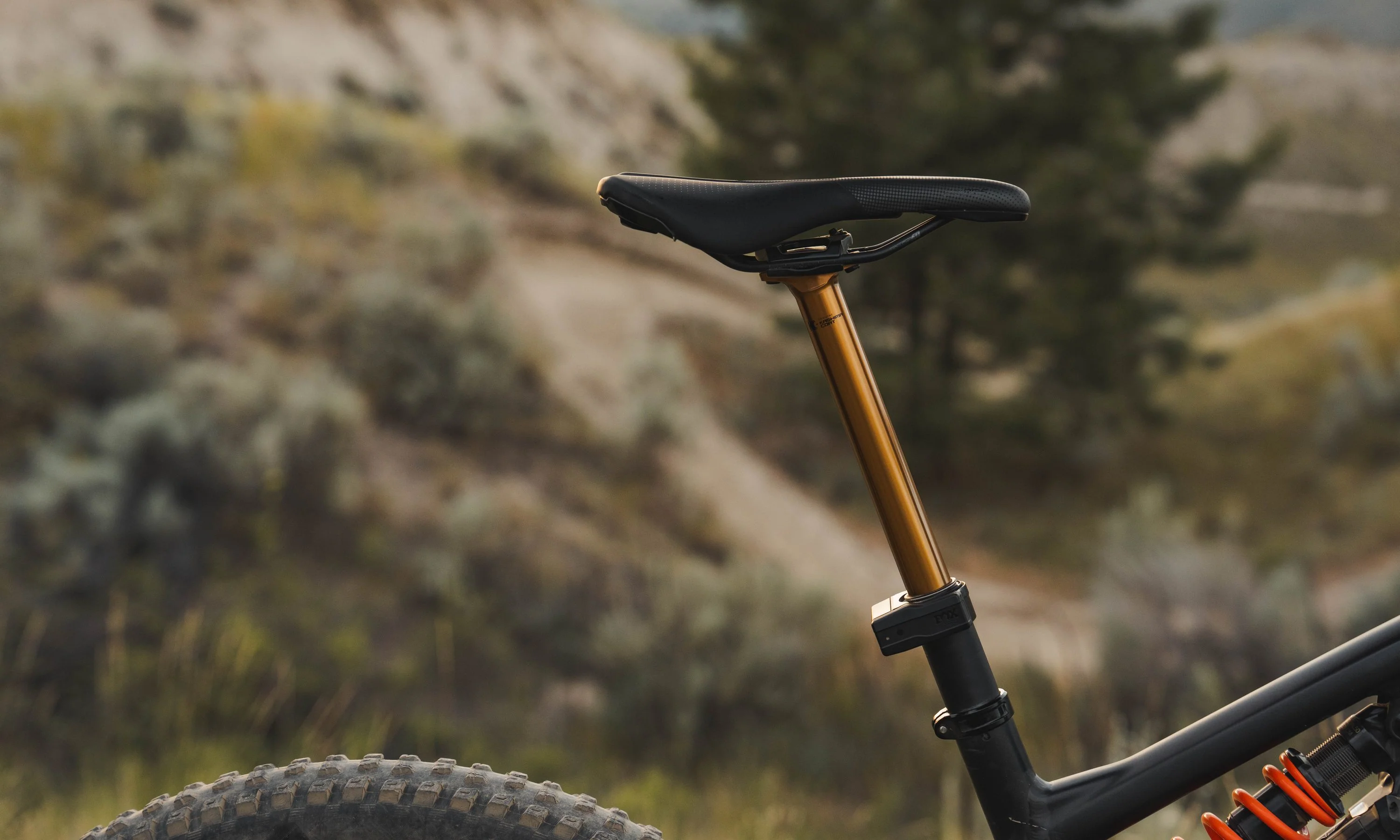If you’re in the market for a used mountain bike, how old is too old? The answer depends on the rider, the bike, and many other factors. But here’s my general recommendation: Most trail riders who plan to regularly ride singletrack mountain bike trails should shop for mountain bikes made after 2016.
Of course, this is a VERY general recommendation, and there are plenty of exceptions. But I’ll explain why that is my current cut-off date when shopping for used mountain bikes.
[button]Shop Mountain Bikes[/Button]
Why I Buy MTBs Made After 2016
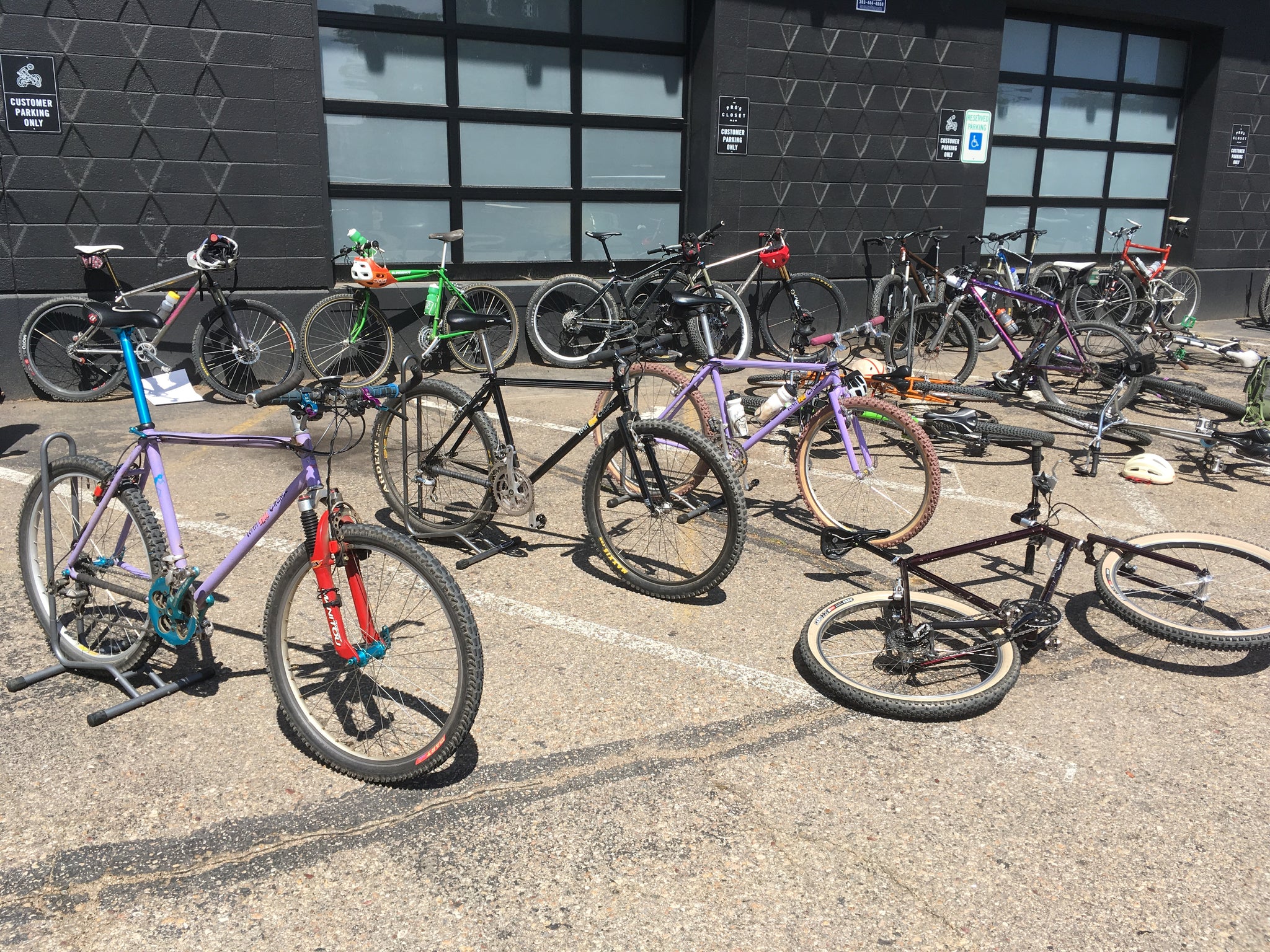 I love vintage MTBs (mine's the black Fat Chance) but I prefer riding modern bikes on true off-road trails.
I love vintage MTBs (mine's the black Fat Chance) but I prefer riding modern bikes on true off-road trails.
Mountain bikes have evolved faster than any other type of bike in the last 20 years, and mountain bikes released only 10 years ago will look extremely outdated to experienced riders. Does this mean mountain bikes made before my 2016 cut-off are bad bikes? Heck no! In fact, there are plenty of older mountain bikes that I think are awesome (I still love my early-90s Fat Chance Yo Eddy and 2013 Salsa El Mariachi).
But when I’m looking for a mountain bike to recommend to customers, family, and friends, I tend to stick to bikes made within the last 5-7 years. As a business that specializes in buying and selling used bikes, TPC also prefers to buy mountain bikes in that same age range. Here’s why:
Modern MTB Geometry
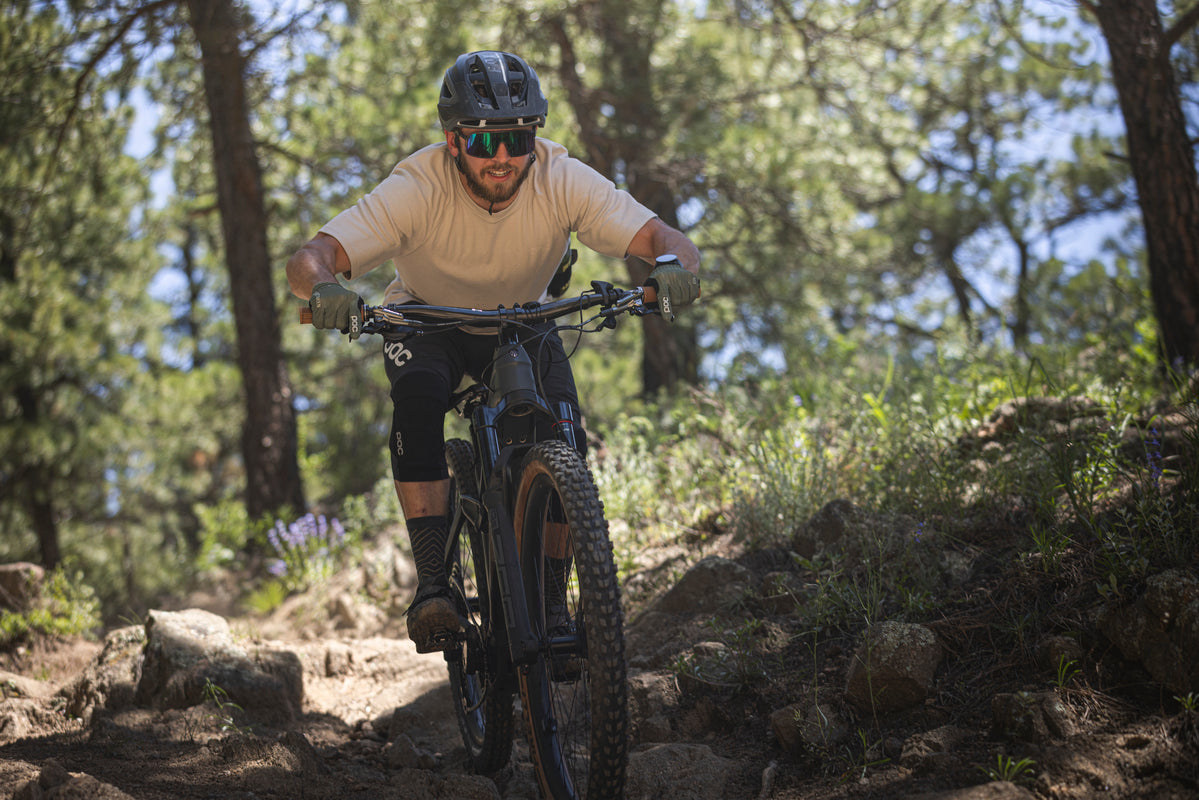 Modern MTB geometry puts you in the ideal position to ride confidently on tougher terrain.
Modern MTB geometry puts you in the ideal position to ride confidently on tougher terrain.
This is the biggest reason newer mountain bikes are preferable to “old” mountain bikes is geometry. During the last decade, manufacturers began experimenting with and developing what we call “progressive geometry.”
[button]The Birth of Modern MTB Geometry[/button]
Maybe you’ve heard mountain bikes described as long, low, and slack. Essentially, modern mountain bike geometry has evolved so newer bikes have longer reach (the horizontal distance from the bottom bracket to the center of the headtube) and wheelbase measurements, as well as lower bottom bracket heights. Most importantly, they also have much slacker headtube angles than older mountain bikes.
 There are a few other geometry figures that manufacturers like to play with (like fork offset) but reach, bb height, and head angle have the greatest effect on how a bike handles. Longer, lower, and slacker bikes are more stable and confidence-inspiring on rough and technical terrain, i.e. mountain bike trails. Modern bikes which use modern geometry are more capable, but perhaps most importantly, they’re also safer. It’s harder to get sent over the bars when things go wrong, and they just provide more room for error and are easier to control on steep and gnarly trails.
There are a few other geometry figures that manufacturers like to play with (like fork offset) but reach, bb height, and head angle have the greatest effect on how a bike handles. Longer, lower, and slacker bikes are more stable and confidence-inspiring on rough and technical terrain, i.e. mountain bike trails. Modern bikes which use modern geometry are more capable, but perhaps most importantly, they’re also safer. It’s harder to get sent over the bars when things go wrong, and they just provide more room for error and are easier to control on steep and gnarly trails.
[button]How Bike Geometry Works[/button]
Most manufacturers tweak the geometry of their bikes with every generation. In my estimation, many bikes didn’t start approaching what I would consider “modern” geometry numbers (i.e. head angles slacker than 68 degrees for trail bikes) until around 2016. Personally, I don’t feel that many mountain bike models got long or slack enough until closer to 2018.
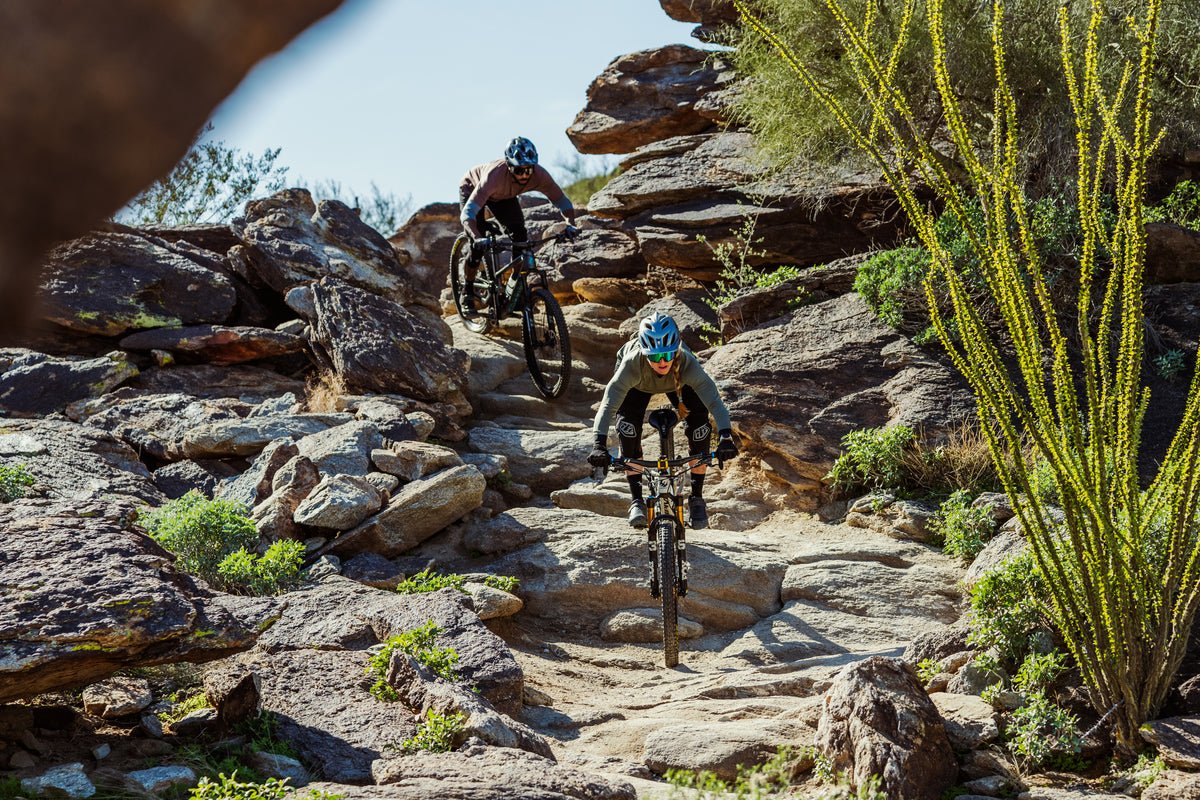 By now, pretty much every manufacturer has arrived at a geometry sweet spot, where their bikes are long, low, and slack enough that nearly any rider can get on and feel comfortable and confident right out of the gate. Many brands are still pushing the boundaries and tweaking their geometry, but I think most riders will be happy on a bike with geometry developed within the last 6-7 years, or even better, the last 4-5 years.
By now, pretty much every manufacturer has arrived at a geometry sweet spot, where their bikes are long, low, and slack enough that nearly any rider can get on and feel comfortable and confident right out of the gate. Many brands are still pushing the boundaries and tweaking their geometry, but I think most riders will be happy on a bike with geometry developed within the last 6-7 years, or even better, the last 4-5 years.
Does this mean old bikes with “outdated” geometry are unrideable? Definitely not. Rider skill is the most important thing, and plenty of riders can shred on the short, steep, and sketchy bikes of yesteryear. Some even prefer it! But not many riders are going to enjoy that experience, especially newer riders still developing their skills. A modern bike with modern geometry is just more pleasant to ride, and it makes it easier to progress your riding.
Modern MTB Wheel Standards
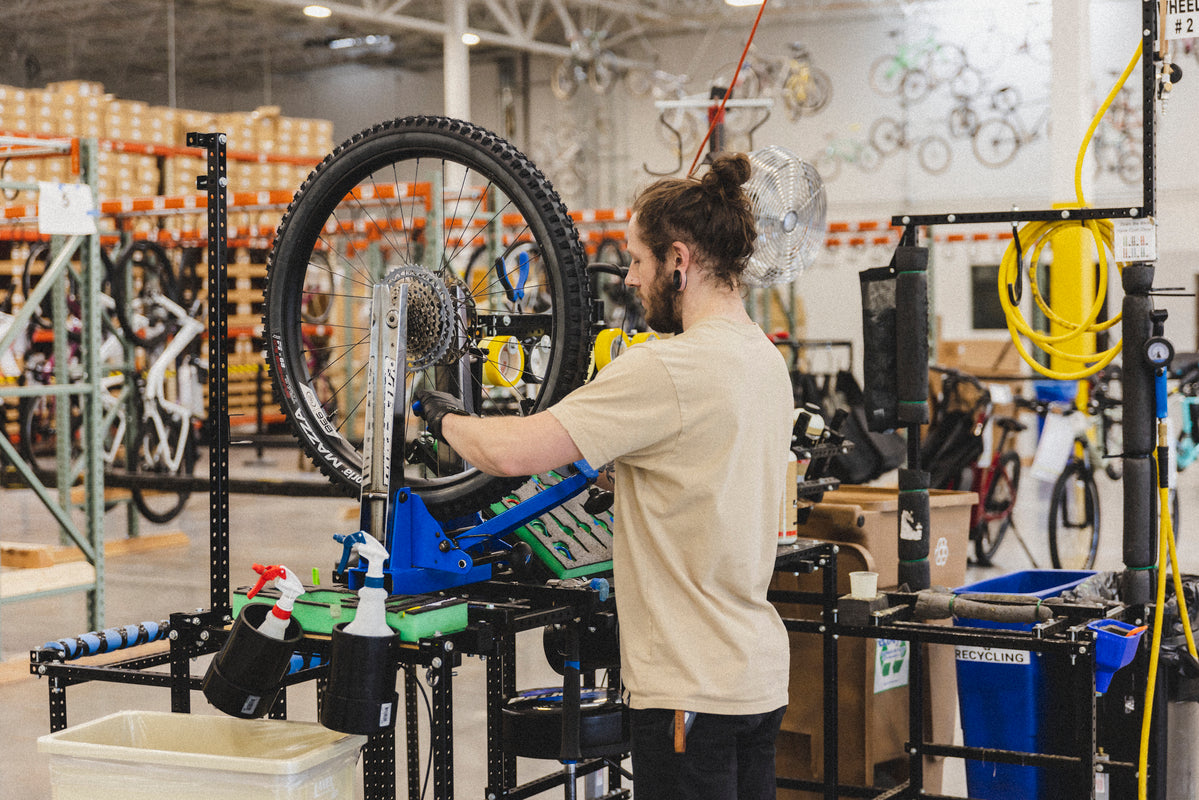 The second reason newer mountain bikes are preferable is a more practical one. Bikes are constantly evolving, but during the last decade, it felt like the mountain bike industry hit the afterburners. New standards were introduced, which have made owning, maintaining, and selling an older mountain bike more difficult.
The second reason newer mountain bikes are preferable is a more practical one. Bikes are constantly evolving, but during the last decade, it felt like the mountain bike industry hit the afterburners. New standards were introduced, which have made owning, maintaining, and selling an older mountain bike more difficult.
Here are the two standards I think most riders should look for in a used mountain bike:
- 29” or 27.5” wheels
- Boost axle spacing (15x110mm front, 12x148mm rear)
29” or 27.5” Wheels
Mountain bikes used to all roll on 26” wheels. Then bigger 29” and then 27.5” wheels came along and the industry decided they were better (and they probably are). Bigger wheels roll over bumps, rocks, and roots more easily, and provide more traction. Unless you ride a dirt jumper, 26” wheels have essentially faded away into mountain bike history. This means finding replacement parts will only get harder and harder as time goes on. The resale value of 26" bikes has essentially tanked too.
[button]Wheel Talk: 29” vs 27.5” MTB Wheels[/button]
26” bikes started getting rare around 2014, so most mountain bikes made later than that should come with modern 29” or 27.5” wheels. But there’s another wheel-related standard to consider…
Boost Spacing
 Modern disc brake-equipped bikes use thru-axles instead of the more traditional quick-release axles because they’re stiffer and keep your disc brakes from rubbing. For a long time, the standard axle size for mountain bikes was 15x100mm in the front, and 12x142mm in the rear.
Modern disc brake-equipped bikes use thru-axles instead of the more traditional quick-release axles because they’re stiffer and keep your disc brakes from rubbing. For a long time, the standard axle size for mountain bikes was 15x100mm in the front, and 12x142mm in the rear.
Then, bigger 29” and 27.5” wheels started becoming the standard. These wheels weren’t as stiff as older 26” wheels, so Trek came up with Boost Spacing — 15x110mm front and 12x148mm rear thru-axles. These wider axles allowed manufacturers to build stiffer wheels, and they’ve since become the standard for every modern mountain bike (a few brands even use 12x157mm “Super Boost” in the rear).
Boost spacing started showing up on most bikes around 2016. But it didn’t really become an industry-wide standard until around 2018. If you’re shopping for a mountain bike older than 2018, pay attention to the axle spacing. There's nothing wrong with older 15x100mm/12x142mm bikes, but it makes it much harder to find replacement wheels, hubs, and suspension forks, and greatly reduces resale value if you decide to sell.
[newsletter]
Fresher MTB Components
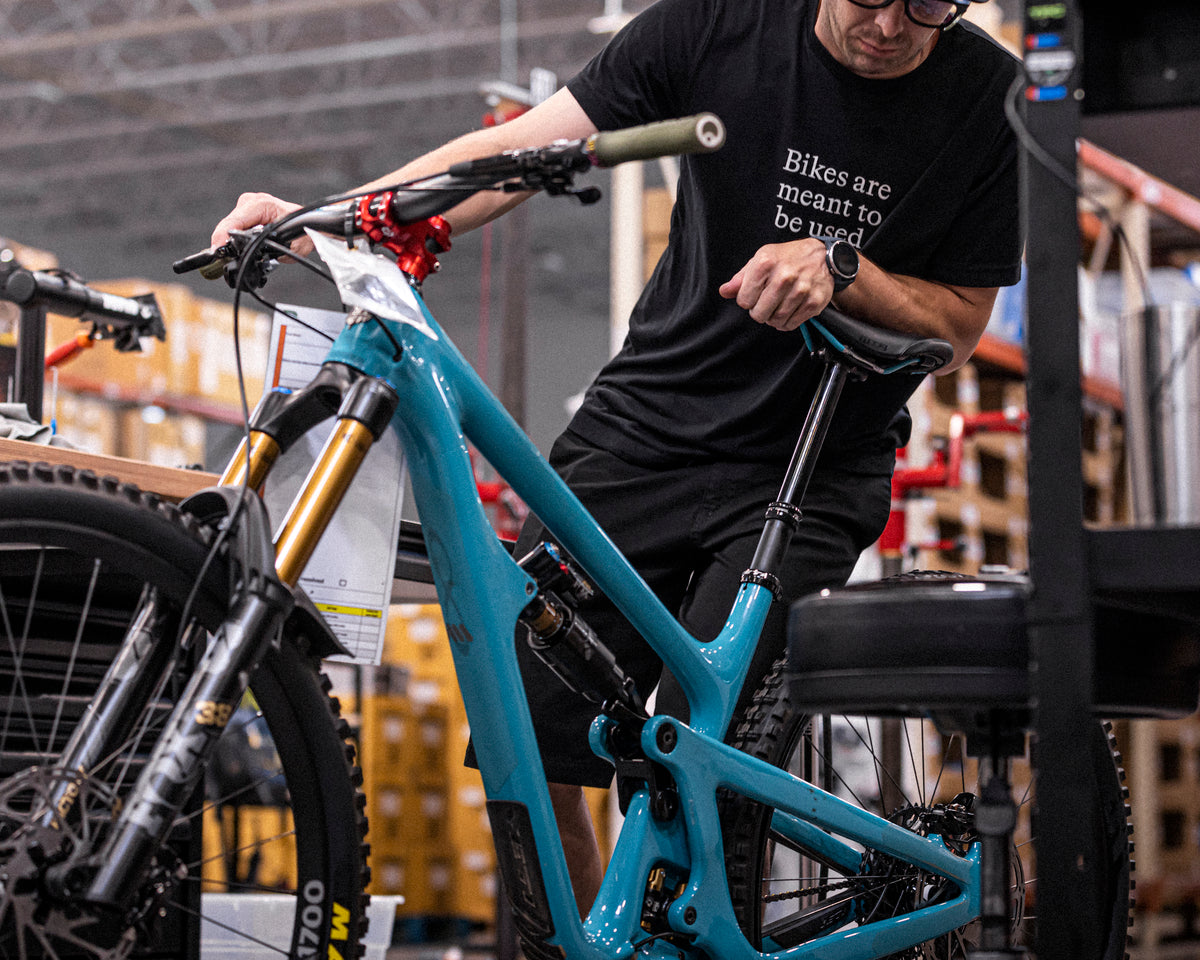 Here are the components I consider essential for modern mountain bikes:
Here are the components I consider essential for modern mountain bikes:
- Tubeless Wheels and Tires
- 11/12-speed Drivetrains (preferably 1x)
- Dropper Seatposts
These features aren’t limited to bikes made after 2016, but they’re pretty much standard equipment on any newer mountain bike. The big reason I like looking at bikes made in the last 6-7 years is because the components themselves tend to be more modern as well.
Newer tubeless wheels tend to have wider internal rim widths and make it easier to seat tires. 1x 11 and 12-speed drivetrains are super reliable, have tons of gear range, and make it easy to get replacement chainrings, cassettes, and chains. Newer dropper posts are slicker, more reliable, and tend to have longer drop options.
It should be said too, that most used mountain bikes are absolutely roached (we know from experience). That’s just the nature of the sport. It should probably come as no surprise, but newer bikes simply have fewer mechanical problems than older bikes. It’s easier to get compatible spare parts, and mechanics are generally happier to work on them.
So What About Pre-2016 MTBs?
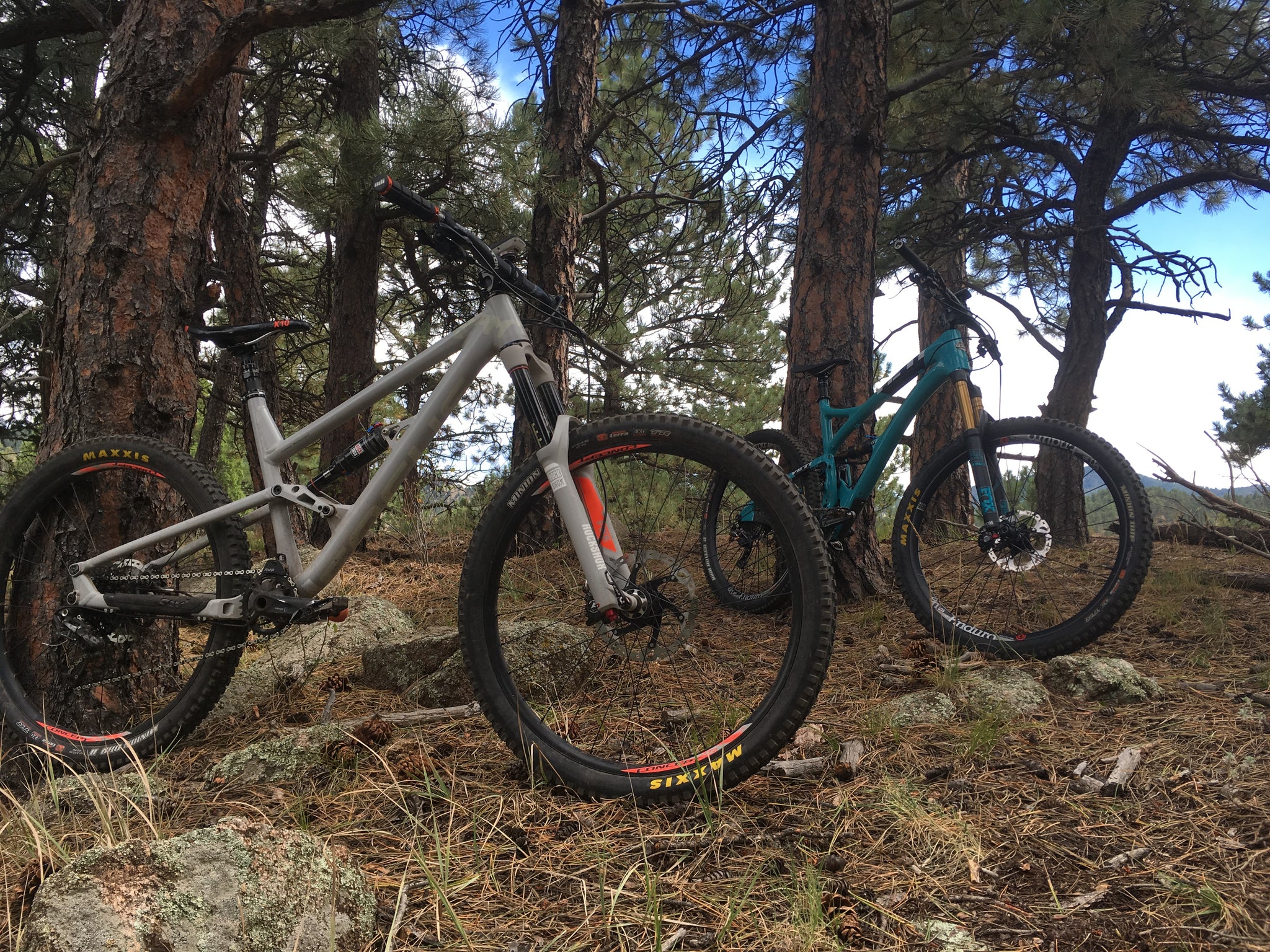 My 2015 Focus SAM and my friend's 2015 Yeti SB5c. Two "old" bikes that still shred, as long as we take good care of them.
My 2015 Focus SAM and my friend's 2015 Yeti SB5c. Two "old" bikes that still shred, as long as we take good care of them.
Unfortunately, mountain biking is an expensive sport, and not everyone has the option to buy a bike made within the last 6-7 years. If you’re considering older used bikes, then it’s always a good idea to get the bike looked at by a qualified mechanic (or a very knowledgeable friend).
If you’re browning our selection of Certified Pre-Owned bikes, you can skip that though since every bike we sell undergoes a 141-point inspection and gets fully serviced to ensure they’re safe and in good working order.
I’d actually have no problem owning an older (pre-2016) bike. As long as it's well maintained, it will still be a great bike. If it’s a hardtail, and the frame is made of steel or titanium, even better. To me, these types of bikes are timeless. Like I said at the beginning, pre-2016 bikes aren’t bad. They just provide a different ride experience (which is still lots of fun) and can be trickier to maintain (which plenty of gearheads enjoy).
Do you have a used bike cut-off date? If so, let me know what you think!
[button]Shop Mountain Bikes[/Button]



